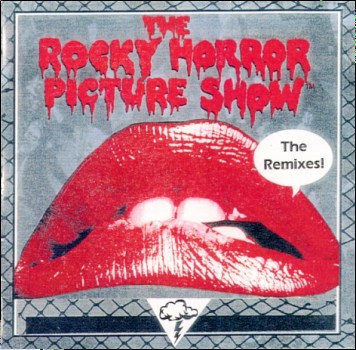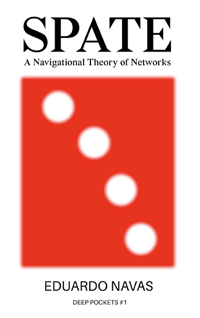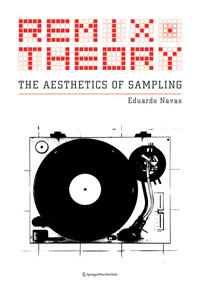Archive by November, 2006
Remix culture comes to film at the Internet Archive by Jonathan Opp
(Source: Red Hat)
Issue #12 October 2005
[iDC] Remix Culture vs. Object-Oriented Culture
(Source: IDC List)
Thu Apr 13 19:13:28 EDT 2006
A Conversation between Manovich and Lichty
LM: We live in ‘remix’ culture. Are there limits to remixing? Can
anything be remixed with anything? Shall there be an ethics of remixing?
PL: Actually, I don’t think we live in a ‘remix’ culture, I liken it
more to pastiche or collage, or even object-oriented culture. To remix
is to take cultural elements and transform/repurpose them tot he point
where the source referent is obscured, idsappears, or its signifying
power is backgrounded to the point where the new ‘author’s intent
overrides. This is actually tightly linked to issues of intellectual
control/copyright…
God’s Little Toys, Confessions of a cut & paste artist By William Gibson
(Source: Wired)
Issue 13.07 – July 2005
When I was 13, in 1961, I surreptitiously purchased an anthology of Beat writing – sensing, correctly, that my mother wouldn’t approve. Immediately, and to my very great excitement, I discovered Allen Ginsberg, Jack Kerouac, and one William S. Burroughs – author of something called Naked Lunch, excerpted there in all its coruscating brilliance.Burroughs was then as radical a literary man as the world had to offer, and in my opinion, he still holds the title. Nothing, in all my experience of literature since, has ever been quite as remarkable for me, and nothing has ever had as strong an effect on my sense of the sheer possibilities of writing.Later, attempting to understand this impact, I discovered that Burroughs had incorporated snippets of other writers’ texts into his work, an action I knew my teachers would have called plagiarism. Some of these borrowings had been lifted from American science fiction of the ’40s and ’50s, adding a secondary shock of recognition for me.
The Customer Remix Culture
(Source: The Social Customer Manifesto)
February 26, 2005
“Think back to a book I did in the late 80’s on UUCP – I did it originally as an 80-page pamphlet and I did 10 editions over the next five years, about every 6 months there was a new edition and they were almost entirely driven by user-submitted content. People would say ‘Oh you didn’t cover this-and-this device, and here’s how it works’ and they’d give me 3-4 paragraphs which I’d just drop right into the book. And I think we have a lot more of that ‘book as output of connected conversations’ now, where people are engaged in dialogue…” – Tim O’Reilly
(more…)
Brazil Supports Remix Culture
This is a Youtube video of man presenting a paper in a conference on Remix Culture. Other videos on copyright are also found in this section of Youtube.
QT: King of Thieves By Beth PinskerPage
(Source: Wired Magazine)
Issue 13.07 – July 2005
When it snuck onto the scene in 1992, Quentin Tarantino’s Reservoir Dogs was hailed for its radical blend of raw violence and pop culture banter. Part of the appeal was the way Tarantino eagerly lifted themes and scenes from so many other movies: There’s The Taking of Pelham One Two Three! There’s City on Fire! (more…)
Remixing Culture: An Interview with Lawrence Lessig by Richard Koman
(Source: O’Reilly Policy Devcenter)
02/24/2005
What do you get when you mix P2P, inexpensive digital input devices, open source software, easy editing tools, and reasonably affordable bandwidth? Potentially, you get what Lawrence Lessig calls remix culture: a rich, diverse outpouring of creativity based on creativity. This is not a certain future, however. Peer-to-peer is on the verge of being effectively outlawed. Continuation of the current copyright regime would mean that vast quantities of creative content will be forever locked away from remix artists.
Wild Style Album Cover

Wild Style Album and DVD Cover.
(Online source: Dusty Groove)
Introduction to Remix
This is the very first entry to the blog, and what better way to start than with introducing my definition of Remix. Excerpt follows.

Generally speaking, remix culture can be defined as the global activity consisting of the creative and efficient exchange of information made possible by digital technologies that is supported by the practice of cut/copy and paste. The concept of Remix often referenced in popular culture derives from the model of music remixes which were produced around the late 1960s and early 1970s in New York City. […]









